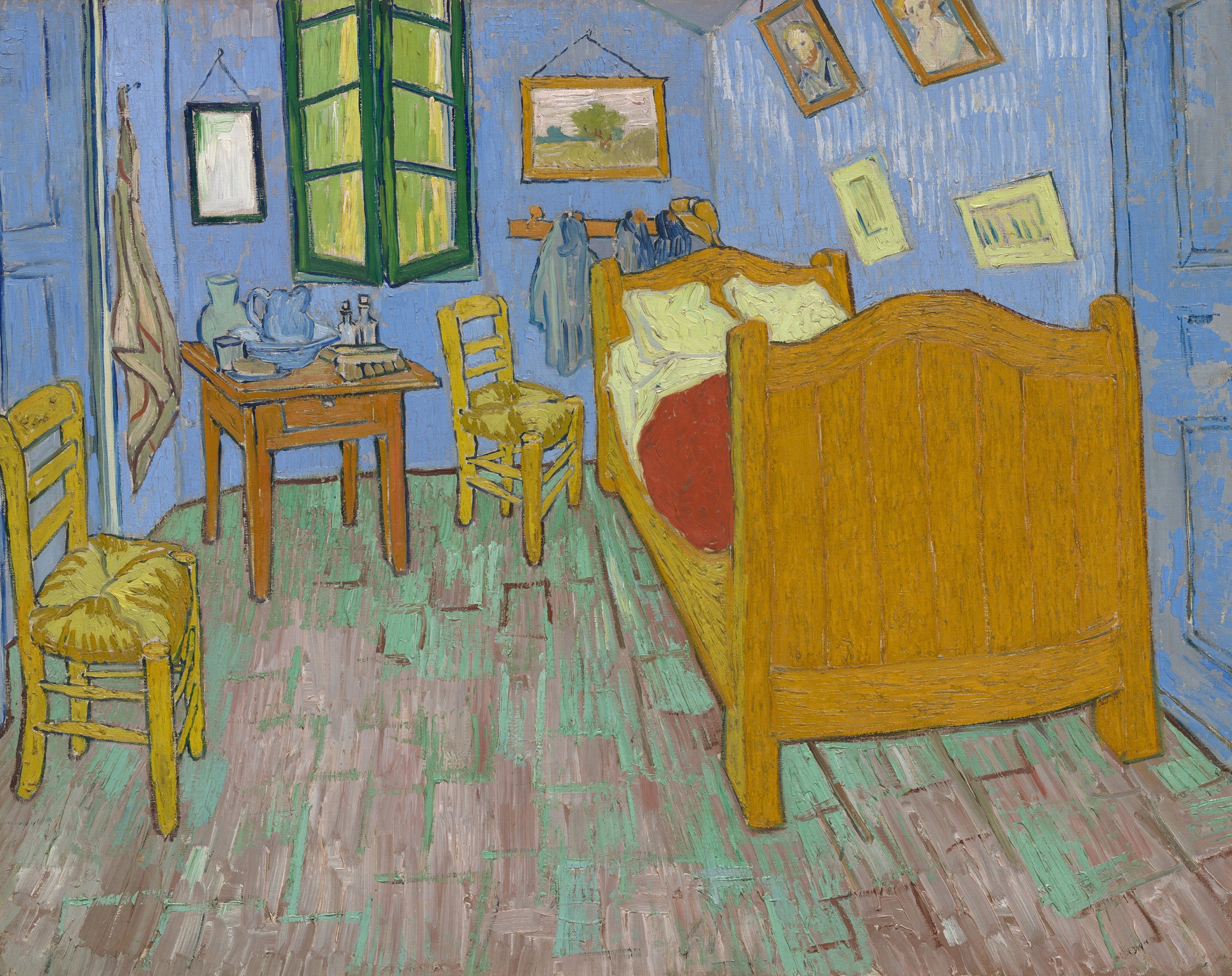
“I crossed Westminster Bridge every morning and evening and know what it looks like early in the morning, and in the winter with snow and fog”
- Vincent Van Gogh
On November 5th, Crédit Agricole CIB hosted an event focused on the National Gallery’s Van Gogh exhibition, Poets and Lovers, a testament to the enduring support and partnership between this leading London institution and the Bank. Crédit Agricole CIB’s commitment to supporting art and cultural development in the United Kingdom has taken many forms. This event is yet another opportunity to celebrate the shared cultural and artistic legacy between France and the UK and express gratitude to our patrons.
The cultural connection between France and England is rich and complex, shaped by centuries of historical interactions, artistic exchanges, and shared traditions. From the Norman Conquest of 1066, which brought French language and customs to England, to the flourishing of the arts during the Enlightenment, both nations have influenced each other's literature, music, visual arts, and more. During Vincent van Gogh's lifetime and throughout the 19th century, many artists crossed borders, drawing inspiration from both countries. British composer Benjamin Britten, for example, was deeply influenced by French masters such as Claude Debussy and Maurice Ravel (tracks 1-4), while Frank Bridge found himself captivated by Gabriel Fauré’s unexpected harmonic progressions (tracks 5-6). Additionally, French composers Charles Gounod and Camille Saint-Saëns (track 8) sought refuge in London, with Saint-Saëns even receiving an audience with the Queen. London’s vibrant music scene served as a sanctuary for these French artists during turbulent times, reinforcing its reputation as a “city of music.”
This artistic exchange also shaped Vincent Van Gogh's journey. Arriving in London in 1873 as a young art dealer, he was inspired by the city's dynamic social reforms, which transformed his relationship with art. He explored South London, particularly enjoying picturesque walks across Westminster Bridge. In letters to his brother, he fondly recalled these moments and was captivated by Gustave Doré's The Houses of Parliament by Night. The city's pulse resonated in Arthur Sullivan’s Overture to HMS Pinafore (track 9), echoing London's blend of modernity and tradition. Van Gogh later moved to Paris in 1886, immersing himself in the Post-Impressionist movement and drawing inspiration from artists like Claude Monet and Paul Gauguin. This vibrant art scene radically transformed his approach to painting, leading him to experiment with colour and brushwork. Two years later, he sought solace in Arles, where the region's dramatic light and unique landscapes sparked a creative burst, resulting in masterpieces like The Yellow House and Starry Night Over the Rhône.
The artistic dialogue between British and French creators has long influenced both cultures. French Impressionists inspired British painters like Harold Gilman and Francis Bacon, while English art's precision resonated with their French counterparts. This interplay can be traced back to the 16th and 17th centuries, evident in composers like Henry Purcell (track 18). Bridging cultures is vividly illustrated by the connections forged by Crédit Agricole CIB, which has cultivated a global presence through its banking and patronage initiatives, including its partnership with the National Gallery. This collaboration underscores the essential role of artistic engagement in preserving our shared heritage and inspiring future generations.